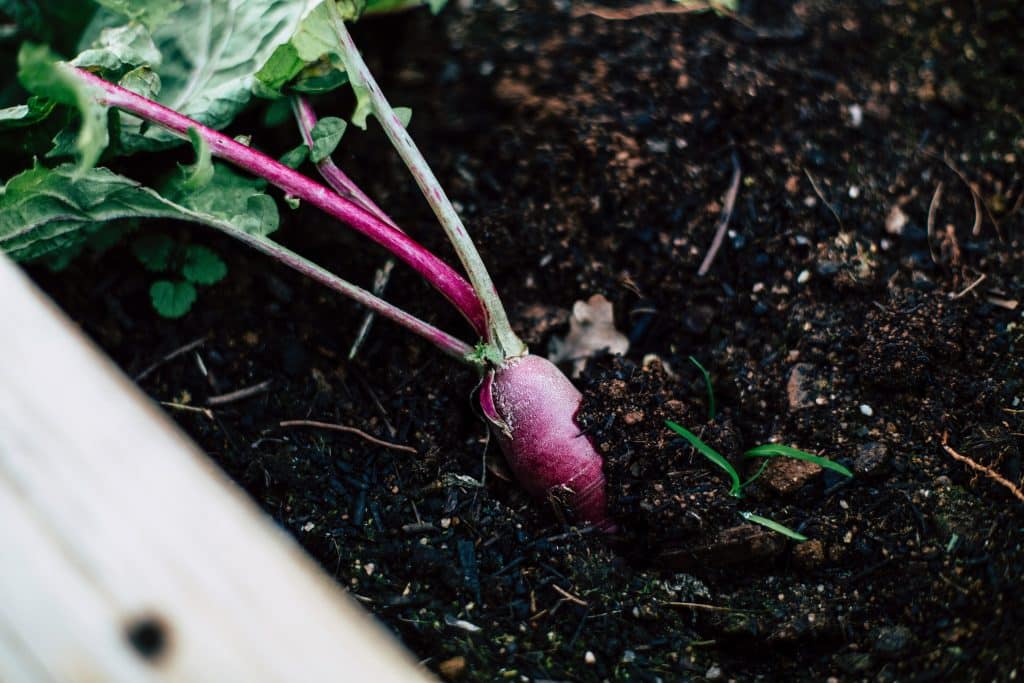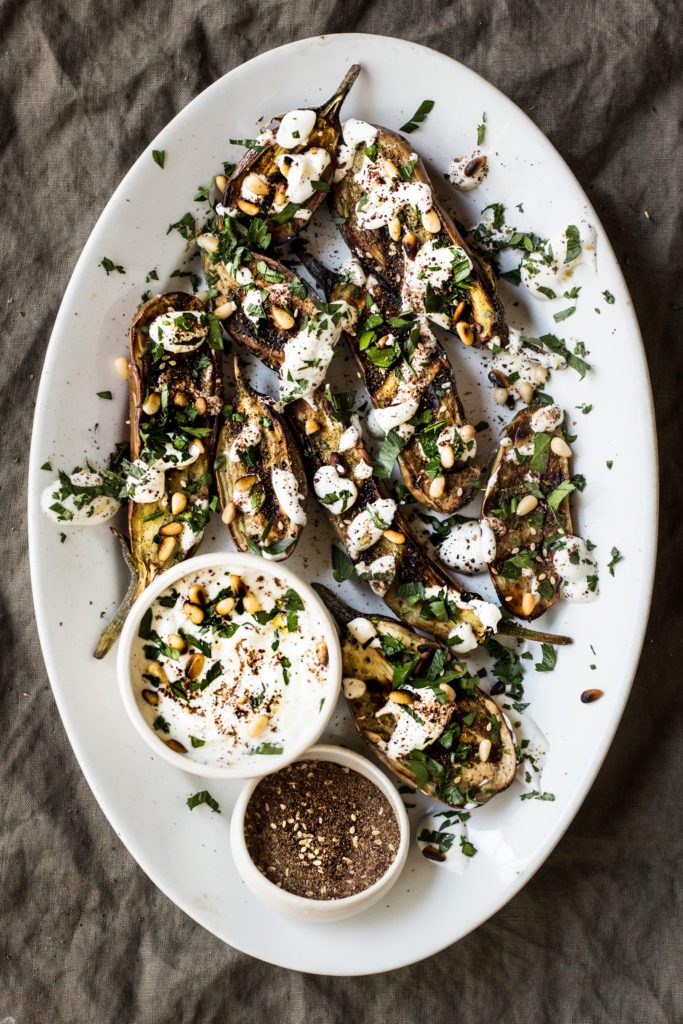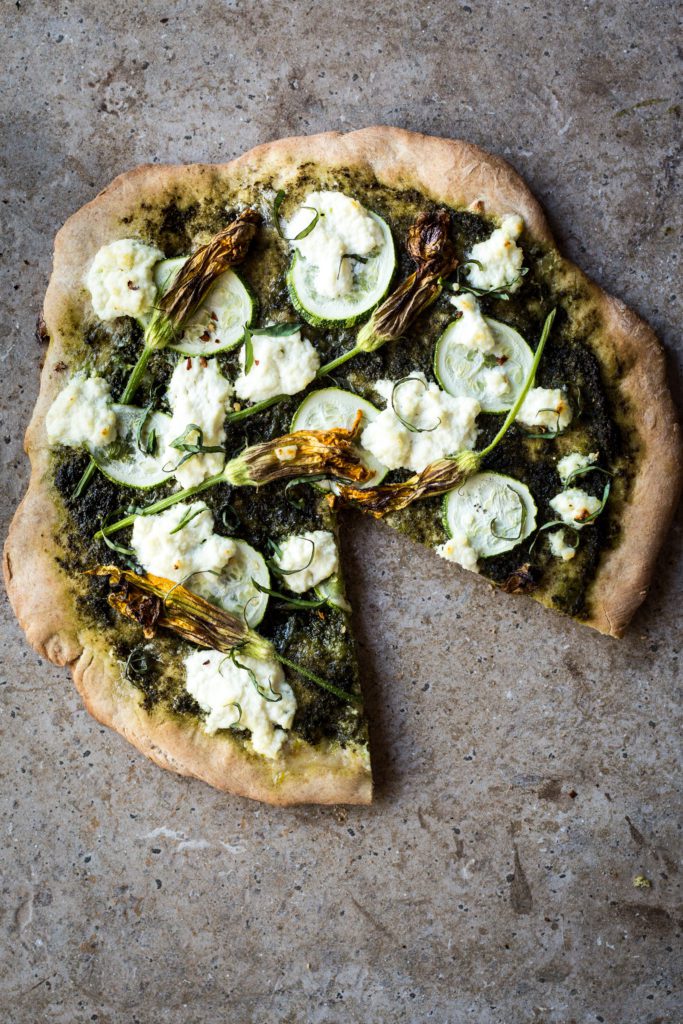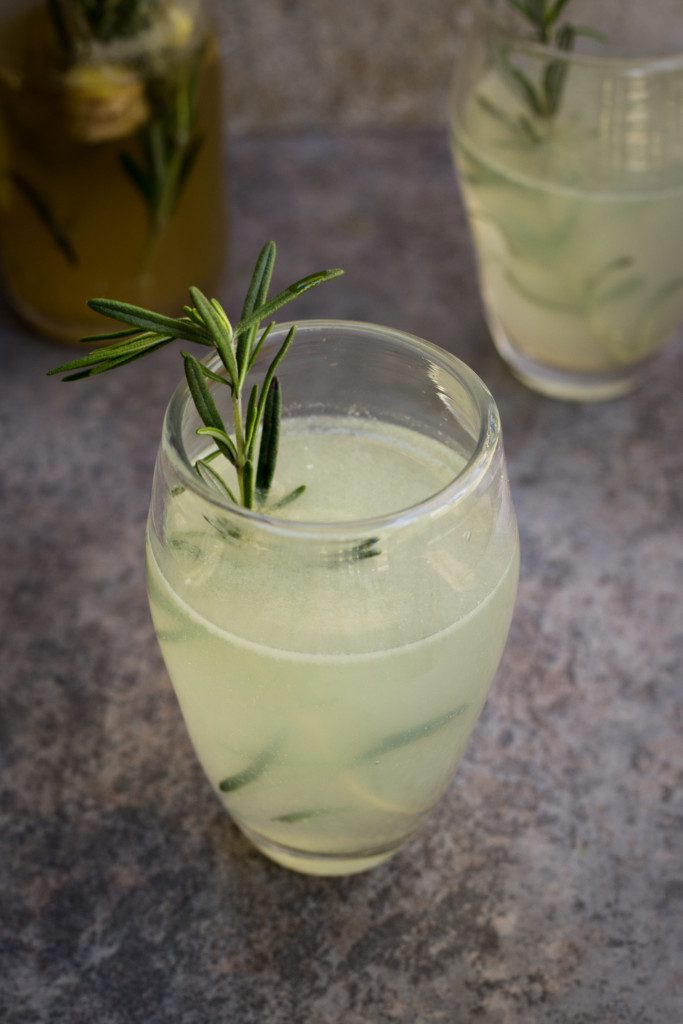Named from the German for ‘cabbage turnip’, this vegetable tastes like a mix between cabbage and broccoli.

Details
Quick Tips
- Shave this nutrition bomb into a salad. Whip that mandolin out.
- Julienne into a slaw. For a sweet option, pair with a crisp, apple, pomegranate seeds, and mint. For a spicy option, pair with turnip, red onion, and lime!
- Hugh Acheson has several quality recipes for kohlrabi, but I’m most excited about the skillet kohlrabi, lobster, fennel, and curry butter.
Fun Facts
- Although kohlrabi may look like a root vegetable, it’s actually in the cabbage family
- Kohlrabi can be either green or purple, but both colors taste the same
- It grows in mild weather (spring through fall)
- Kohlrabi is low glycemic (doesn’t spike blood sugar), and cruciferous (high in antioxidants), and not starchy like root vegetables.
Storage Info
35º F (in your refrigerator)
- Store in a plastic or paper bag.
- If you won’t be using it in the next few days, cut off stems and store them separately.
- While the stems will stay good for about a week, the bulb will keep for several weeks.
Fresh Harvest Kohlrabi
This item is hard to find outside of farmers markets and specialty produce stores. Grown at the Fresh Harvest garden, and many of our other local farms, this item can be found starting in May through the fall.

Good to know…
Fresh Harvest food storage information is drawn from multiple sources. A primary source is the food safety research conducted by U.S. government agencies, including the United States Department of Agriculture, the U.S. Food & Drug Administration and the U.S. Centers for Disease Control and Prevention.
Other sources:
Produce Spotlight: The Ultimate Guide to Kohlrabi




